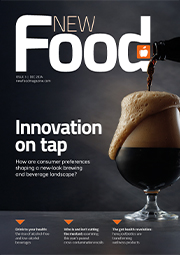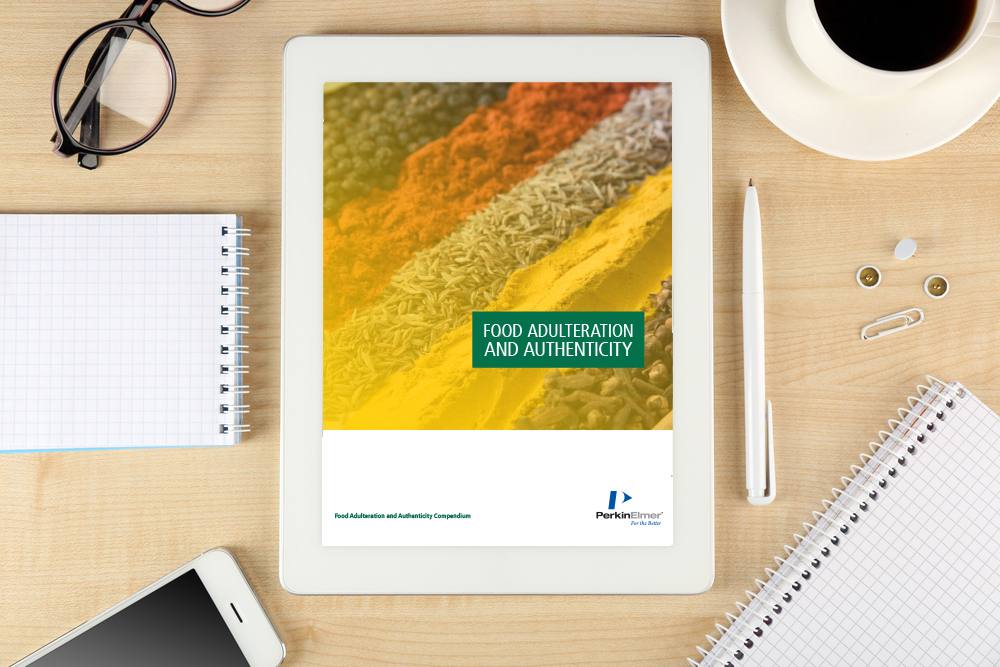Food adulteration and authenticity compendium
- Like
- Digg
- Del
- Tumblr
- VKontakte
- Buffer
- Love This
- Odnoklassniki
- Meneame
- Blogger
- Amazon
- Yahoo Mail
- Gmail
- AOL
- Newsvine
- HackerNews
- Evernote
- MySpace
- Mail.ru
- Viadeo
- Line
- Comments
- Yummly
- SMS
- Viber
- Telegram
- Subscribe
- Skype
- Facebook Messenger
- Kakao
- LiveJournal
- Yammer
- Edgar
- Fintel
- Mix
- Instapaper
- Copy Link
Posted: 27 September 2018 | PerkinElmer Inc. | No comments yet
Food authenticity and adulteration testing has taken on a new level of importance with consumers and producers, after recent food adulteration scandals…
Food fraud negatively impacts consumer confidence and, more importantly, some adulteration can be harmful to health. Herbs and spices are one of the most commonly adulterated commodity products, with a prime example being oregano adulterated with olive and myrtle leaves.
Infrared (IR) spectroscopy is well recognised for the characterisation of a wide range of materials and has advanced significantly over the last few decades. This fast and cost-effective technique, when combined with a spectral library, can provide conclusive information about samples, and is ideally suited to both qualitative analysis of materials and quantification of components. Historically, IR instruments were generally quite large, required clean environments, and highly trained operators for interpretation of results. Advancements in sampling techniques, data analysis tools, ruggedness, and instrument portability have allowed easy analysis of a broad range of samples within a range of environmental settings.
The rest of this content is restricted - login or subscribe free to access


Why subscribe? Join our growing community of thousands of industry professionals and gain access to:
- bi-monthly issues in print and/or digital format
- case studies, whitepapers, webinars and industry-leading content
- breaking news and features
- our extensive online archive of thousands of articles and years of past issues
- ...And it's all free!
Click here to Subscribe today Login here
Related content from this organisation
- Plant-Based Food Revolution: leveraging ICP-MS for quality assurance and nutritional insights
- Application Brief: Solus One Salmonella for Raw Poultry and Meat
- Guide: Solus One Salmonella methodology – Seven easy steps
- Featured Partnership: Challenges in meat pathogen detection – improving your food safety plan
- Poster and Podcast: Rapid recovery and detection of pathogenic Gram-negative organisms
Related topics
Food Fraud, Food Safety, Food Security, Health & Nutrition, Quality analysis & quality control (QA/QC)










